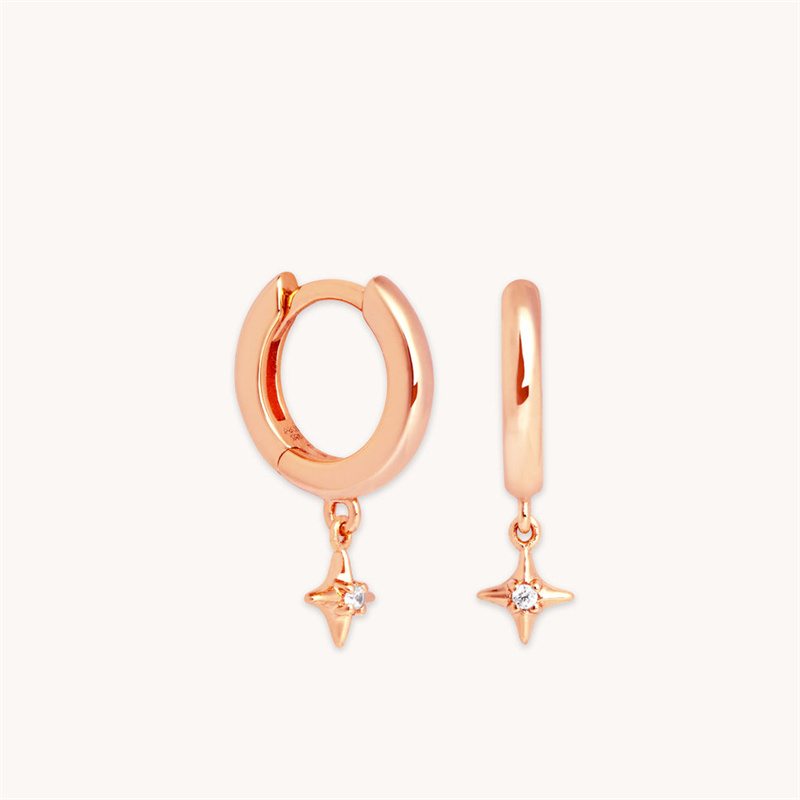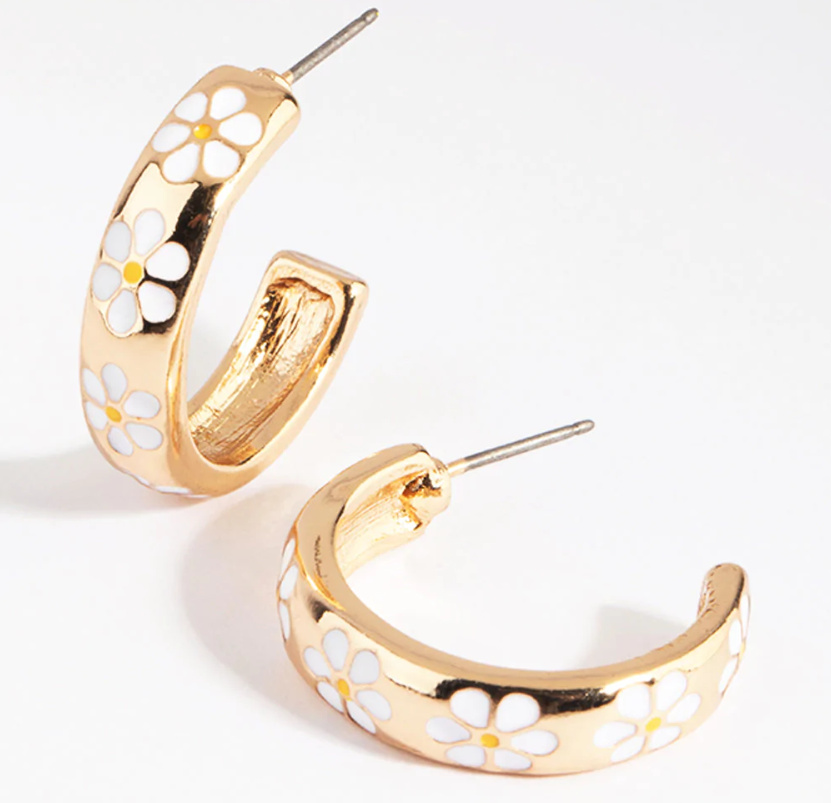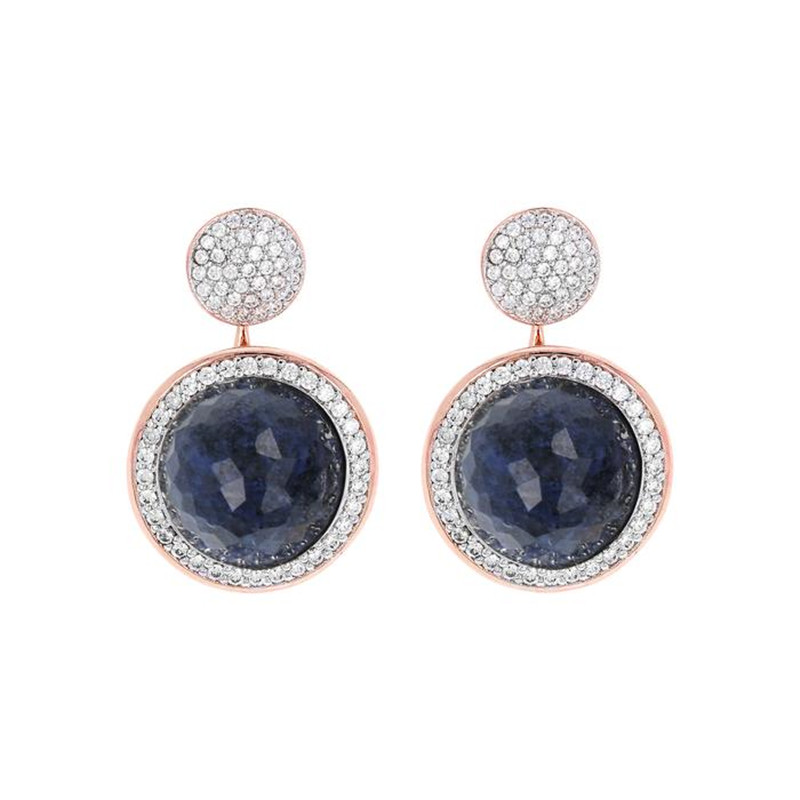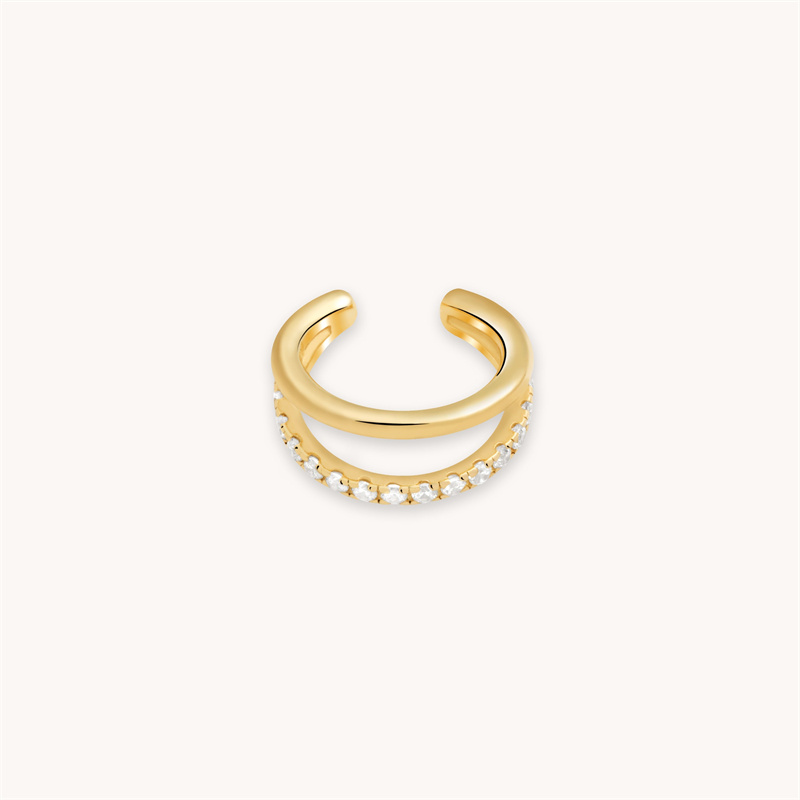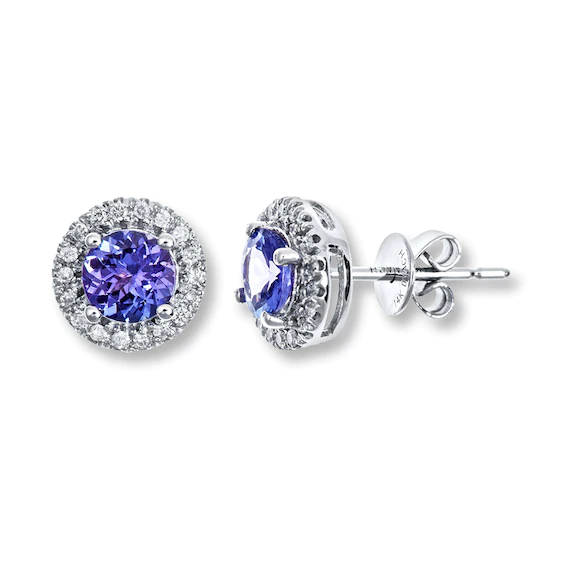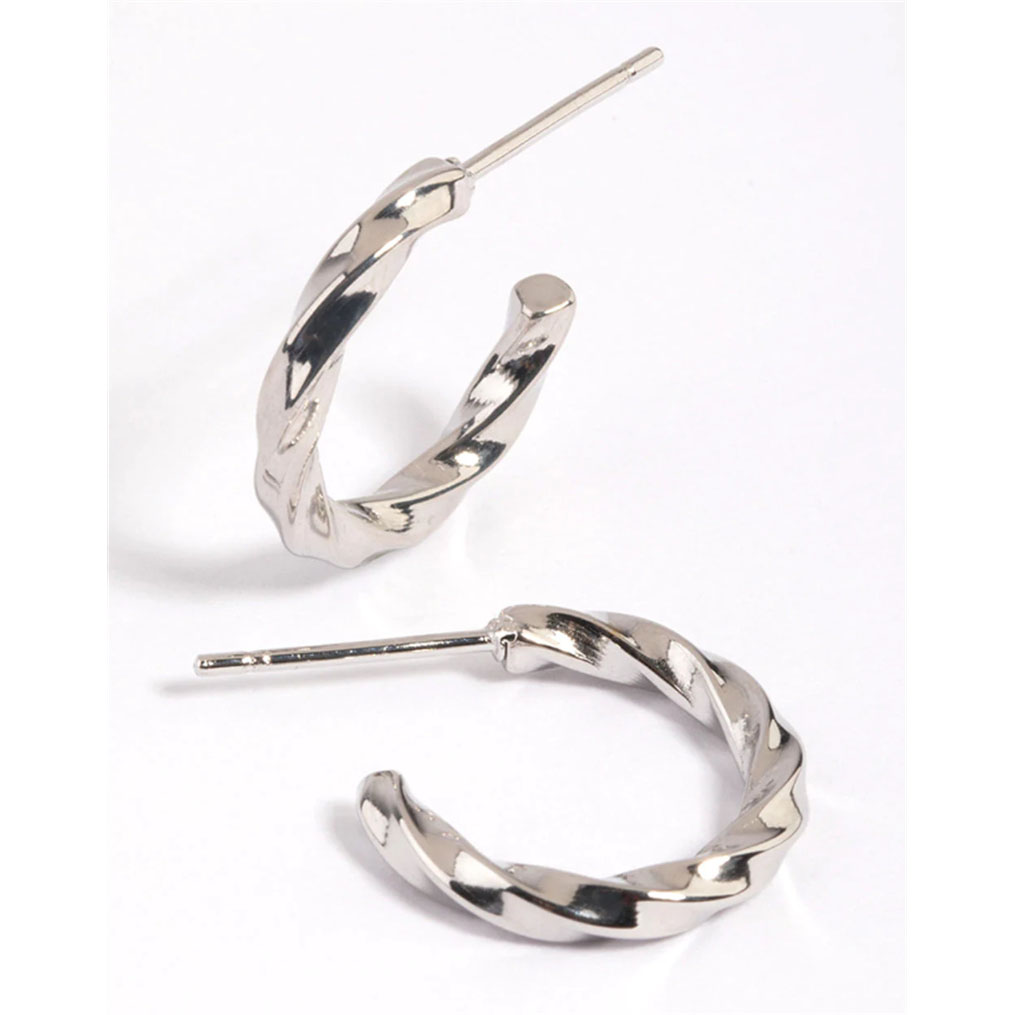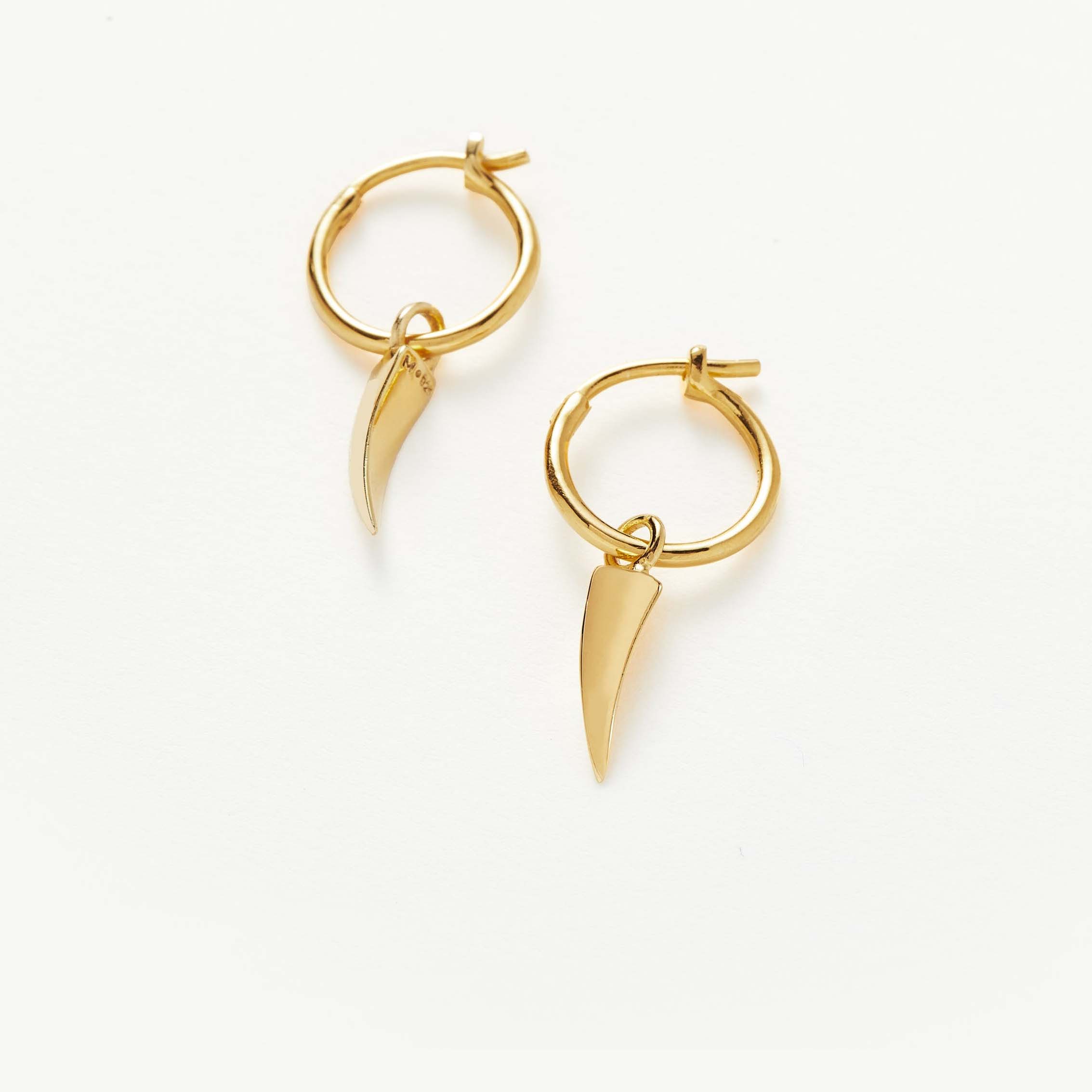The Manufacturing Process of Rose Gold Plated Earrings at JINGYING
Makes custom jewelry supplier
LET’S GET STARTED : mo@kingjy.com
The Manufacturing Process of Rose Gold Plated Earrings at JINGYING
Introduction
Rose gold plated earrings have gained immense popularity in the fashion jewelry industry due to their elegant pinkish hue and luxurious appearance. At JINGYING, a leading jewelry manufacturer, the production of high-quality rose gold plated earrings involves a meticulous and well-structured process. This article provides a comprehensive overview of the manufacturing process, covering design conceptualization, material selection, plating techniques, quality control, and final packaging.
1. Design and Conceptualization
1.1 Market Research and Trend Analysis
Before creating new earring designs, JINGYING’s design team conducts extensive market research to identify current trends in fashion jewelry. Factors such as consumer preferences, seasonal trends, and competitor analysis play a crucial role in shaping the design direction.
1.2 Sketching and Digital Modeling
Once a design concept is finalized, skilled designers create hand-drawn sketches. These sketches are then converted into 3D digital models using CAD (Computer-Aided Design) software. This step ensures precision and allows for modifications before proceeding to prototyping.
1.3 Prototyping and Approval
A physical prototype is crafted using materials like brass or sterling silver. The prototype undergoes evaluation for aesthetics, durability, and wearability. Adjustments are made if necessary before mass production begins.
2. Material Selection
2.1 Base Metal Choices
The foundation of rose gold plated earrings is the base metal. Common choices at JINGYING include:
- Brass: Affordable and durable, ideal for fashion jewelry.
- Sterling Silver: Higher-end option with excellent plating adhesion.
- Copper: Sometimes used for its softness and ease of shaping.
2.2 Rose Gold Plating Composition
Rose gold plating is achieved by electroplating the base metal with a thin layer of gold alloy. The rose gold color is created by mixing:
- Gold (75%)
- Copper (22.5%) – Provides the reddish hue.
- Silver (2.5%) – Balances the color tone.
The thickness of the plating typically ranges from 0.5 to 3 microns, depending on the desired durability and cost.
3. Manufacturing Process
3.1 Metal Casting or Stamping
Depending on the design complexity, earring components are produced via:
- Casting: Molten metal is poured into molds for intricate designs.
- Stamping: Metal sheets are pressed into shapes using dies for simpler designs.
3.2 Filing and Polishing
After shaping, each piece undergoes:
- Filing: Removal of rough edges and imperfections.
- Polishing: Buffing with abrasive wheels to achieve a smooth, shiny surface.
3.3 Electroplating Process
The rose gold plating involves several key steps:
Step 1: Cleaning and Degreasing
The earring components are thoroughly cleaned in ultrasonic baths to remove oils, dust, and residues.
Step 2: Electrocleaning
An electric current is applied in a cleaning solution to ensure maximum metal purity before plating.
Step 3: Activation (Pickling)
A mild acid solution is used to enhance plating adhesion.
Step 4: Nickel Plating (Optional Barrier Layer)
Some designs include a thin nickel layer to prevent tarnishing and improve durability.
Step 5: Rose Gold Electroplating
The cleaned pieces are submerged in a rose gold electrolyte solution. An electric current deposits the gold alloy onto the surface.
Step 6: Rinsing and Drying
The plated earrings are rinsed in distilled water and dried to prevent water spots.
3.4 Post-Plating Treatments
- Anti-Tarnish Coating: A protective lacquer may be applied to extend longevity.
- Final Polishing: Ensures a flawless finish.
4. Quality Control and Testing
4.1 Visual Inspection
Each earring is examined under magnification for:
- Plating uniformity
- Surface scratches or defects
- Color consistency
4.2 Adhesion Testing
- Tape Test: Adhesive tape is applied and peeled off to check for flaking.
- Rub Test: Simulates wear to ensure durability.
4.3 Thickness Measurement
X-ray fluorescence (XRF) or microscopic analysis ensures plating thickness meets standards.
4.4 Hypoallergenic Testing
For sensitive skin, nickel-free options are verified to prevent allergic reactions.
5. Assembly and Packaging
5.1 Earring Assembly
- Studs: Posts are welded or glued securely.
- Hooks & Closures: Components are attached with precision.
- Gemstone Setting (if applicable): Stones are hand-set or machine-set.
5.2 Packaging
JINGYING offers customized packaging, including:
- Velvet pouches
- Elegant gift boxes
- Branded tags & certificates
6. Sustainability and Ethical Practices
JINGYING adheres to eco-friendly manufacturing by:
- Using recycled metals where possible.
- Implementing water filtration systems to reduce chemical waste.
- Complying with international standards like RoHS and REACH.
Conclusion
The production of rose gold plated earrings at JINGYING is a blend of artistry, advanced technology, and stringent quality control. From initial design to final packaging, each step is carefully executed to deliver exquisite, durable, and fashionable jewelry. By combining traditional craftsmanship with modern techniques, JINGYING continues to set industry benchmarks in the fashion jewelry market.
